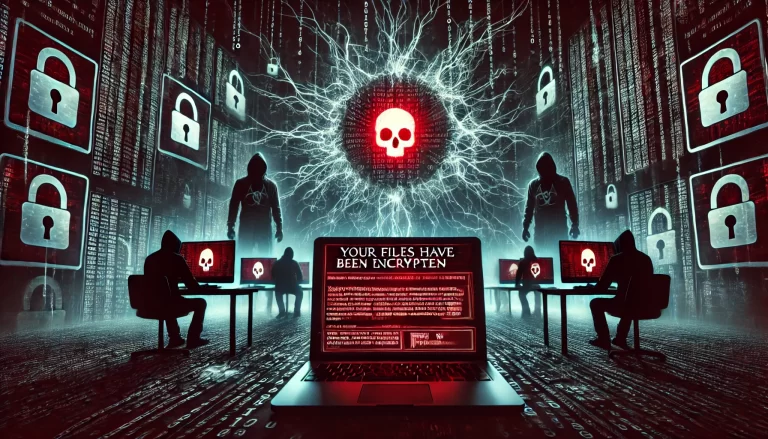
Despite increasing awareness, organisations remain highly vulnerable to ransomware attacks, as highlighted in the latest Veeam 2024 Ransomware Trends Report. This comprehensive report, based on insights from 1,200 IT leaders across 14 countries, reveals alarming statistics and critical insights, painting a grim picture for IT security worldwide.
Key Highlights:
- Endemic Threat: Ransomware continues to be the largest cause of IT outages, with a staggering 43% of compromised data remaining unrecoverable even after attempts to restore it. This underlines the critical need for effective backup strategies and robust recovery plans.
- Human Toll: The human element of ransomware attacks is significant. Around 45% of respondents reported increased pressure on IT teams, while 25% experienced service disruptions impacting business operations. This highlights the double-edged sword of technical and human resource strain in the wake of an attack.
- Misaligned Preparedness: A significant 63% of organisations struggle with synchronisation between their backup and cyber teams. This misalignment can lead to gaps in defence mechanisms, making it easier for attackers to exploit vulnerabilities.
- Ransom Ineffectiveness: Alarmingly, 81% of organisations that fell victim to ransomware ended up paying the ransom. However, one-third of these organisations still failed to recover their data, shedding light on the unreliability of paying off cybercriminals and the importance of robust backup solutions.
- Universal Vulnerability: The report dispels the myth that certain data environments are safer than others. It reveals that both cloud and on-premises data are equally susceptible to ransomware attacks, making it imperative for organisations to adopt a holistic approach to cybersecurity.
- Reinfection Risks: A concerning 63% of organisations risk reintroducing infections during recovery, emphasising the need for thorough rescanning of data before reinstating it into the live environment. This step is crucial to prevent repeated disruptions and additional losses.
What Can Be Done?
To combat these challenges, organisations must prioritise cyber resilience through several key strategies:
- Alignment Between Cyber and Backup Teams: Ensuring that these teams work in tandem can close potential security gaps and create a more cohesive defence mechanism.
- Robust Incident Response Plans: Developing and regularly updating comprehensive incident response plans can help organisations react swiftly and effectively in the event of an attack.
- Investing in Immutable Backups: Immutable backups, which cannot be altered or deleted, provide an additional layer of security, ensuring that critical data remains safe from ransomware threats.
- Continuous Monitoring and Threat Intelligence: Staying ahead of emerging threats through continuous monitoring and leveraging threat intelligence can help organisations anticipate and mitigate attacks before they occur.
As the sophistication of ransomware continues to evolve, staying ahead of these threats and preparing for worst-case scenarios is crucial. Proactive measures and a commitment to cybersecurity can help organisations safeguard their data and maintain operational continuity.
Read the full report here.